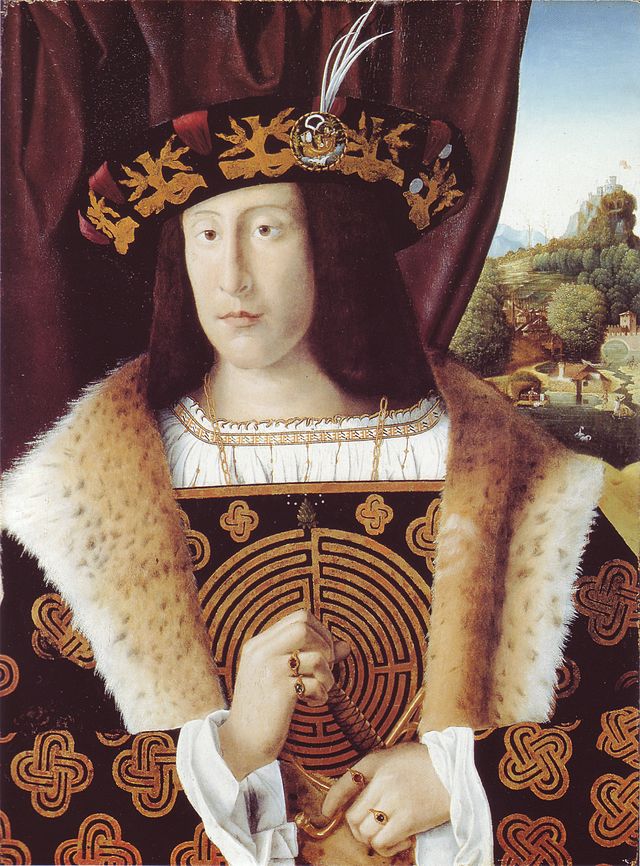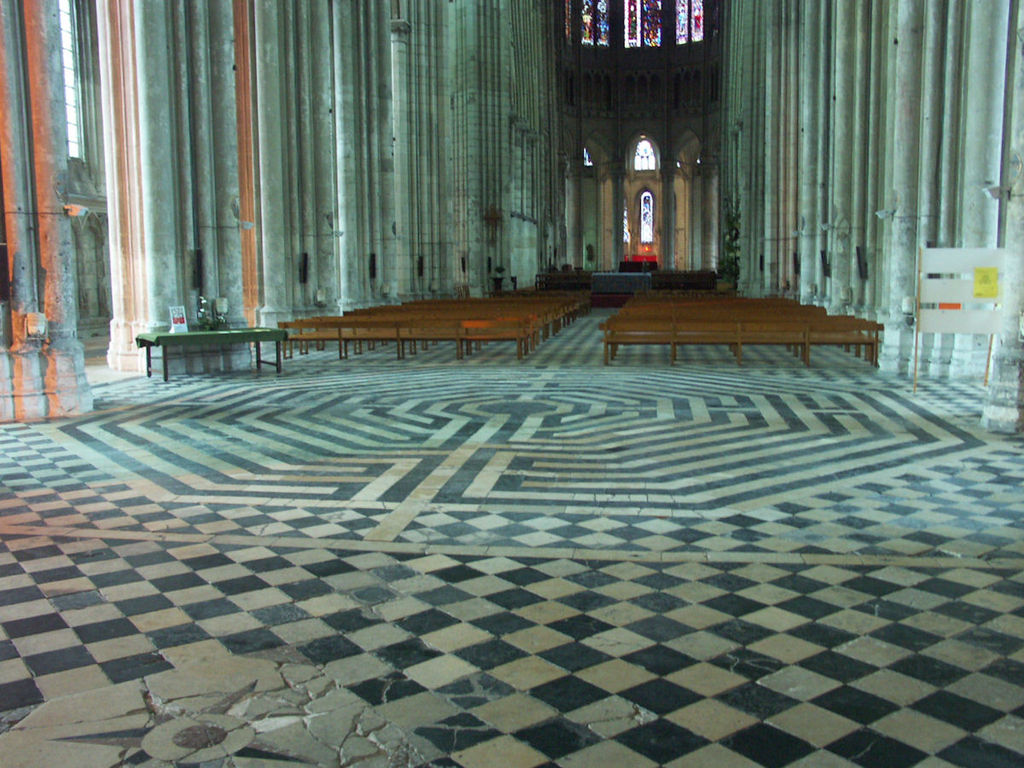
LIFE AS MYTH
![]()
JOURNAL
![]()
JOURNAL 2009
![]()
A feminine myth
Creating a new myth
![]()
WINTER 2009
Mythology of self
![]()
LIFEWORKS
![]()
ATLAS
![]()

WINTER 2009
THE LABYRINTH
In Greek mythology, the labyrinth was an elaborate maze used to house the Minotaur, a savage monster which was half-man and half-bull. To appease this beast, King Minos fed him seven young men and seven maidens every year. On the third year of this brutal practice, the hero Theseus volunteered to kill the Minotaur.
The labyrinth was treacherous to navigate and only Ariadne, the daughter of King Minos, understood the way into its heart where the Minotaur lived. She gave directions to Theseus and she also gave him a ball of yarn so that once he had killed the beast he could retrace his steps back out. That night Theseus followed Ariadne's instructions and found his way to the Minotaur. A terrible battle followed but ultimately Theseus killed him with his bare hands. Afterward, he escaped the labyrinth by following Ariadne's thread.
The Greek myth notwithstanding, labyrinths and mazes are considered two different structures. A maze has a through route which is like a puzzle and is more like the structure used to house the Minotaur. A true labyrinth, on the other hand, moves in a circuitous but unerring fashion toward the center and then back out again. It is widely used in group ritual and private meditative practice.
The labyrinth at St. Quentin's Basilica; Aisne, France.
Portrait of a man with a labyrinth design on his chest, Bartolomeo Veneto, c. 16th century.


